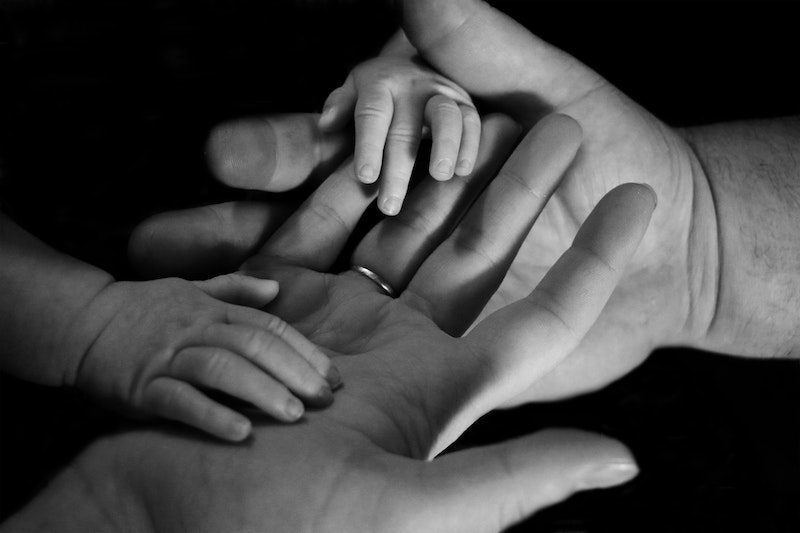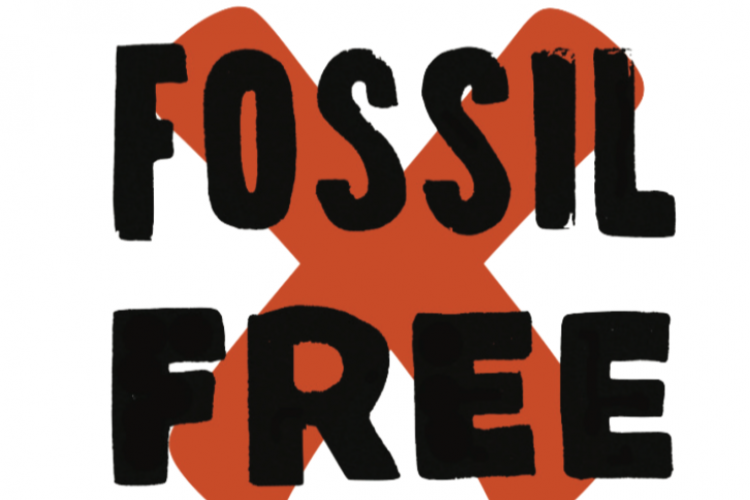Human Reproduction is in the Commons: The Case for Smaller Families

This article was created by the Population Working Group of Quaker Earthcare Witness and is part of our “Pamphlets for Sharing” series, essays on important topics researched, written, and edited using Quaker discernment and decision-making.. Download the PDF or order print copies by emailing info@quakerearthcare.org.
“In past times God’s Creation restored itself. Now humanity dominates, our growing population consuming more resources than nature can replace. We must change, we must become careful stewards of all life.” —Sixth World Conference of Friends, 2012
The commons is defined as “those resources or parts of Earth held in common and managed for the wellbeing of all.”(1)
To see why human reproduction is in Earth’s commons, consider that:
- We inhabit the planet together, so we must take care of it together;
- Resources are used up or contaminated if there are too many people attempting to share the planet’s resources; and
- We can help to stem planetary destruction by stabilizing and reducing the human population.
Therefore, human reproduction is part of the commons, a part of Earth’s shared resources. The most private or intimate of human decision making is also one of the most public. Every new child asks, without knowing it, to share Earth’s resources with the rest of the human population and all life on Earth.
The Commons
When cars were first invented, the demand for them was small. They were expensive and only a few people could afford them. As time passed, more people with greater income meant that the demand for cars skyrocketed. Suddenly cars were spewing their toxins into the air, the quality of which was being destroyed. Catalytic converters were developed to minimize the toxins released into the air. The air—thought to be a free commons for all to use—was no longer free or safe from harm. As part of the commons, air had to be protected with rules.
Greenhouse gas emissions from cars are major contributors to climate change. The world has begun to mitigate the impact of cars by encouraging electric cars and more public transportation. But the sheer number of cars—from the sheer number of people using cars—poses a continuing threat to the air, an essential part of Earth’s commons.
In the past, fishing was used to feed local communities. The lakes, rivers or oceans that were fished were commons, owned by no one and used in common by those who fished. As populations grew and the technology of fishing changed, human demand for fish resulted in many fish stocks becoming decimated. The commons were being overused, since human demand from a large population was far greater than the ability of fish to regenerate themselves. Consequently, rules had to be established to protect the common fishing waters and the fish.
In both cases above, the destruction of the commons is exacerbated not only by modern technology, but by the numbers of people attempting to use the commons. Human reproduction, while not the sole threat to Earth’s commons, is itself in the commons. Our rapid growth threatens the rest of Earth’s ecosystems.
Population, Reproduction, and the Ecosystem
To preserve the planet, we as a species need a small family norm (one or two children). Just as a car does not stop as soon as the brakes are applied, so it is with population. Because of past rapid growth in the world’s human population, each age group entering childbearing ages increases in size from one year to the next for quite some time. Even after fertility reaches two children per couple, we can expect the population will continue to grow for about 70 years because of population momentum. Indeed, 82 countries have fewer than two births per woman but because of population momentum, most of them are still growing.(2)
We are used to believing that how many births a couple has is a very private matter. But this is not true. There are strong social pressures in most cultures. In India there is pressure to have a pregnancy soon after marriage. In the U.S. there is social pressure not to have just one child since there is a common belief that s/he would be spoiled and lonely. However, the evidence is that children without siblings do better on most indicators of success compared to children with siblings.(3) Those who choose not to have any births often find that they need to justify the choice repeatedly to family members and others who want to be grandparents, aunts, uncles, etc. (4)
When we give birth we add one person to the human family which has grown so large that it exceeds Earth’s ability to support it sustainably. In 1950 there were 2.5 billion humans on the planet. In 2016 we reached 7.5 billion, tripling our human family size in only 66 years. The Ecological Footprint experts estimate that we passed a sustainable population in the 1970s and in 2018 it would take at least 1.6 planets like Earth to support the current population of the world sustainably at the worldwide average standard of living. The relevant estimate is that it would take at least four Earths if everyone on the planet had the average lifestyle of people in the U.S. (5)
In 2018 we are adding about 212,000 persons to the planet each day, the number of births minus the number of deaths. As we add to the human population and appropriate more and more of Earth’s resources, the rest of life on Earth suffers and is diminished.
To reach equilibrium the number of births needs to be equal to the number of deaths in the human family. In recent years, 23 countries have had slightly fewer births than deaths each year. But in many countries there are still far more births than deaths in a given year. Nigeria, for example, is estimated to have 7.4 million births and 2.3 million deaths annually. (2)
The two-child family is the best average for the long term, but in the short term, given population momentum, a small-family norm is needed.
The Chinese government recognized that their human population growth was out of control and promulgated the one-child family policy in the late 1970s and early 1980s. Unfortunately, it involved heavy-handed and coercive regulation, but socioeconomic development and human empowerment were also important forces driving fertility decline and keeping fertility at well below replacement level in China. The small-family norm is now established in the Chinese population. Even with the removal of the one-child policy, many couples still have only one child.6 Nevertheless, because of population momentum, even with fertility below two births per woman continuously since 1990, the Chinese population continues to grow and is projected to level off only around 2030.(2)
Using public education and making contraceptives and sterilization easily available,7 several developing countries, including Mauritius, Armenia, Brazil, Costa Rica, Chile, Cuba, Lebanon, Iran, and Thailand, have successfully reduced their fertility to below two children born per woman. (8)
We know that demands on the ecosystem—food and CO2 emissions—are much greater for a birth in the U.S. than in a developing country, so the small-family norm is especially important in the U.S. Yet even in developing countries, many people aspire to live a life more like that in the U.S. For almost everyone, that lifestyle involves a greater impact on the ecosystem. We should be mindful of the commons with our human reproduction. Ethicists are coming to that same conclusion.(9)
For the sake of all life on Earth and future generations, let us “see what love can do” in this delicate area of human life.
Queries
- How do our attitudes affect social pressures on other couples’ childbearing choices?
- How does our faith influence our position regarding childbearing, abortion, and adoption?
- Are there conflicts between a calling to bear and care for a child and a calling to care for Earth and all its creatures?
- Considering the use of natural resources by a baby in a developed country like the U.S., to what extent does the small-family norm speak to our own present condition?
Endnotes
1) Ciscel, David, Barbara Day, Keith Helmuth, Sandra Lewis, and Judy Lumb, 2011. How on Earth Do We Live Now: Natural Capital, Deep Ecology, and the Commons.
2) United Nations, Department of Economic and Social Affairs, Population Division, 2017. World Population Prospects: The 2017 Revision.
3) McKibben, B., 1998. Maybe One: A Case for Smaller Families. New York: Simon and Schuster.
4) Quaker Earthcare Witness, 2015. Seeking Clearness on Childbearing in a Crowded World.
5) Footprint Network, 2018.
6) Bao, L., F. Chen, Z. Zheng, 2017. Transition in Second Birth Intention in a Low Fertility Context: The Case of Jiangsu, China. Asian Population Studies 13 (2): 198- 222.
7) Paul Hawken, 2017. Drawdown: The Most Comprehensive Plan Ever Proposed to Reverse Global Warming. New York, NY, Penguin Books, 78-82.
8) 2017 World Population Data Sheet, Population Reference Bureau.
9) Rieder, Travis N. 2016. Toward a Small Family Ethic: How Overpopulation and Climate Change are Affecting the Morality of Procreation. Springer Briefs in Public Health.


